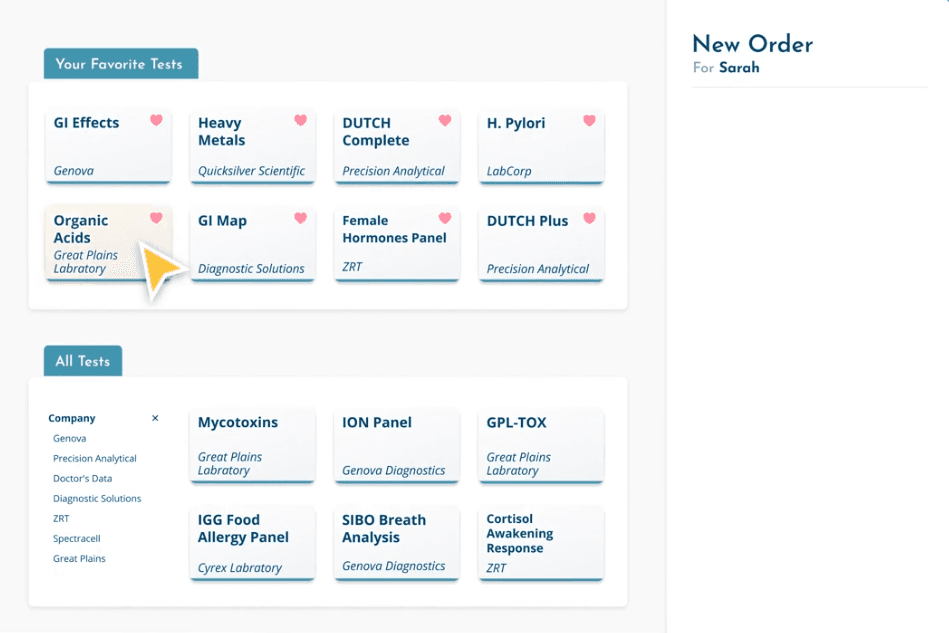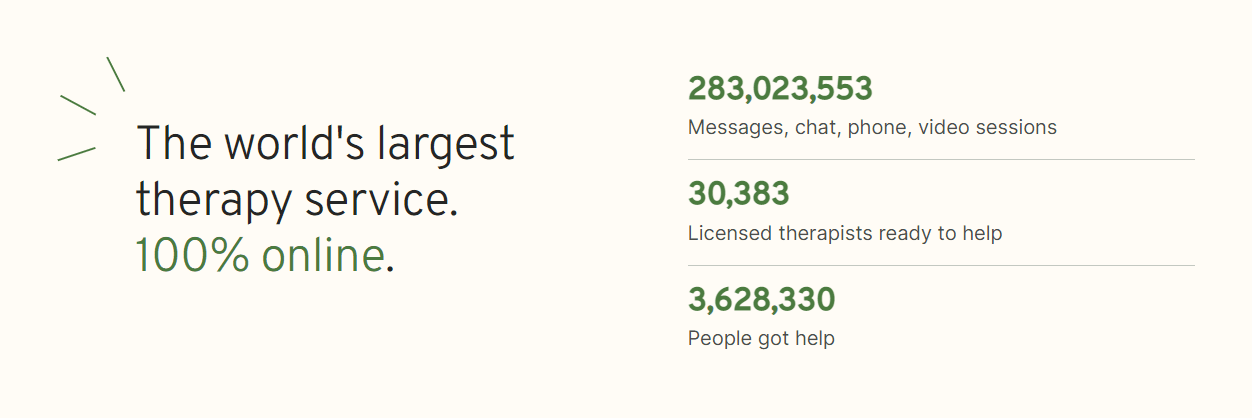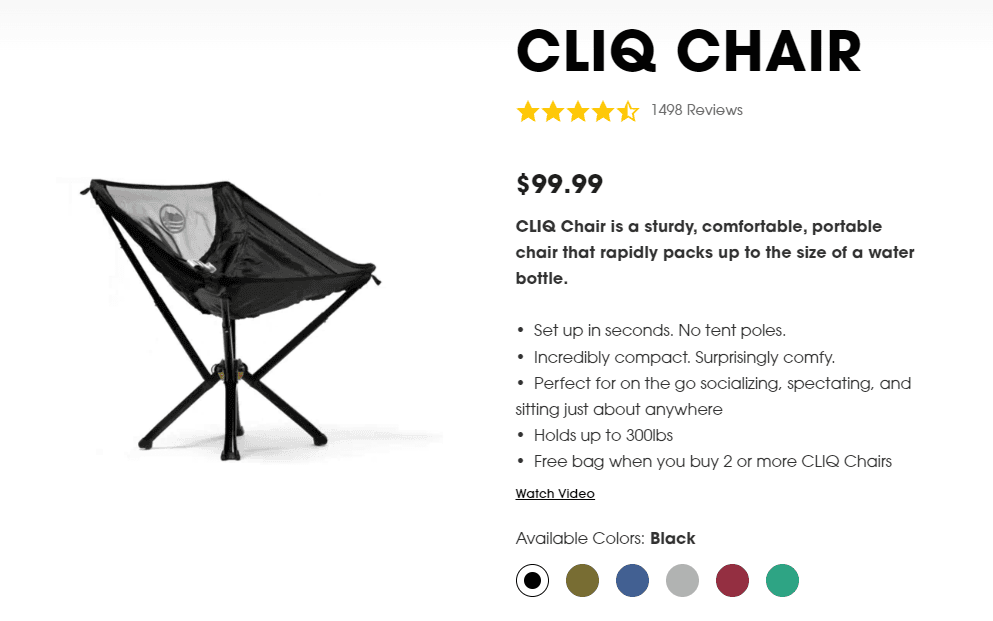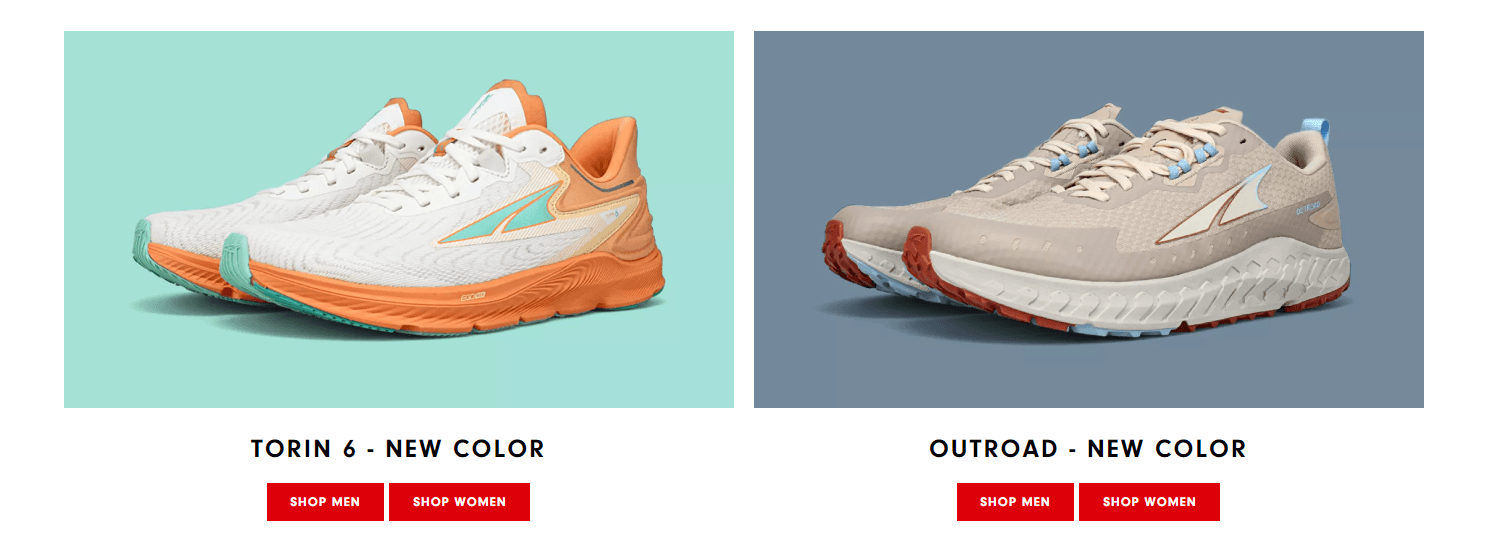Product is the first P in the marketing mix, a framework to use in your marketing strategy:
- Product
- Price
- Place
- Promotion
- Packaging
- Positioning
- People
The marketing mix determines how you’ll market a single product. So, you’ll need to define the what, why, how, and when of that product before tackling the other steps of the marketing mix.
Developing a solid product strategy will set you up for success when you figure out how to sell and promote your product farther down the road. You’ll have a clear vision to work with to develop consistent marketing and sales processes.
Let’s walk through the basics of product strategy and discover how to build one.
What Is A Product?
A product is an item you sell to your customers to meet their needs or wants.
In the context of product strategy, a product doesn’t have to be a physical object. You can also create a strategy for less tangible offerings like services and online software.
What Is Product Strategy?
Your product strategy is the plan behind your product’s intended customers, benefits, execution, and marketing. While product strategy is a marketing practice, it also covers product-specific concepts like design and logistics.
What Is The Purpose Of Product Strategy?
The purpose of product strategy is to find product market fit: the alignment between customer needs and your product. When the market — your customers — truly needs or wants your product, you’ll see better profits and stability.
As you learn the process behind developing a product strategy, you’ll see that identifying your audience comes first. Why? As famous marketing expert Seth Godin puts it, “Don’t find customers for your products, find products for your customers.”
You don’t have control over what your customers need in their lives. But, you do have a say in your product’s features and benefits, which you can customize to match their desires.
What Is The Importance Of Product Strategy?
Product strategy offers these six essential benefits to your team:
1. Product Strategy Actualizes Your Mission Statement
You put so much work into your mission statement — your organization’s purpose. Now, it’s time to bring it to reality through your product strategy.
Your product is one of the main ways your customers will interact with your business. So, a product strategy built on your mission statement will let you achieve that mission with your customers.
2. Product Strategy Establishes A Unified Vision
With a product strategy set in place, you’ll have a vision for your product that aligns with your business mission. For example, CoSchedule wants to help marketers get organized. Its Marketing Calendar ties back to its primary mission by offering the resources needed to streamline marketing tasks.
3. Product Strategy Sets Measurable Goals
Every good product strategy includes SMART goals — specific, measurable, attainable, relevant, and timely objectives for your product. Think goals like “we will sell 20 units per month” that you can clearly track and achieve. With these objectives established in advance, you’ll have clear methods to follow to understand your product’s performance.
4. Product Strategy Provides Focus & Alignment
When everyone in your organization has the same strategy to follow, you’ll all stay on the same page when managing your product. Your development, sales, marketing, and customer support teams will have the same tactics and principles to follow.
5. Product Strategy Standardizes Customer Experiences
As a result of your teams following the same product goals, your customers will get a consistent experience with your product every time they engage with it. As they hear about it, buy it, and ask questions about it, your team members will show the same values and objectives.
6. Product Strategy Directs Efficient Use Of Resources
You only have so much time, money, and energy to devote to different aspects of your product. With a product strategy, you’ll have goals to focus your budget and time on instead of random initiatives.
What Are The Fundamentals Of Product Strategy?
There are no hard and fast rules to the elements that go into a product strategy, but it can include:
Influential Components of Product Strategy
- Your product’s design
- Your target customers
- Your product’s unique features and benefits
- Your product’s place in the market
- Your goals and vision for your product
- Your product’s operations — the development process and resources you use
Consider all the important factors that will define your product and how it will serve customers, then flesh them out in a detailed plan.
What Are The 5 Types Of Product Strategies?
Product strategies tend to follow one of five different philosophies in their design, purpose, intended audience, and pricing. Keep in mind that product strategies aren’t limited only to these five themes, and some strategies mix and match approaches.
1. Unique Value Differentiation
Unique value differentiation is a classic approach to product strategy that puts customer needs first. It identifies what customers need that the market doesn’t currently offer, then fills that gap.
2. Market Leader/Demand Generation
Market leadership and demand generation product strategies blaze a new trail in their markets. These product strategies rely on their products’ innovation and ability to create demand for a new product category.
3. Comparative
A comparative product strategy focuses on building an alternative product to a market leader or solving an old problem in a new way. While a product in one of these strategies builds on old ideas, it differentiates itself through pricing, quality, or features.
4. Niche
As opposed to a mass market approach, a niche product strategy solves a problem for a select audience. Although it targets a smaller audience than usual, the audience it targets can’t find the solution to their needs anywhere else.
5. Cost-Based
A cost-based product strategy can take one of two approaches: offer high quality and high price, or offer low quality and low price. These approaches respectively appeal to customers looking for luxury items or customers in search of a deal.
What Are Some Product Strategy Examples?
Take a look at seven product strategy examples following the themes you just learned about:
CoSchedule Marketing Suite (Unique Value Differentiation)

CoSchedule Marketing Suite aims to help marketers improve their output and get organized. Much of its product marketing focuses on how it enhances its customers’ day-to-day operations.
Rupa Health (Demand Generation)

Rupa Health streamlines healthcare lab work by giving patients access to tests from over 30 lab companies in one place. Its product strategy capitalizes on its status as the first app to achieve this benefit.
Uber Ride (Demand Generation)

Uber created a new industry of its own by introducing rideshares to consumers. The brand’s ability to introduce a unique and useful service elevated its Ride app to its success today.
BetterHelp (Demand Generation)

BetterHelp also laid new ground with the concept of online therapy for everyone. Since it was one of the first companies to succeed with this idea, its product strategy builds on its innovation.
CLIQ Chairs (Comparative)

CLIQ presents its products as a challenger to Helinox, the market leader in collapsible camping chairs. You can see how it challenges Helinox’s offerings in its official comparison.
Altra ZeroDrop Running Shoes (Niche)

In 2011, barefoot running became popular due to cultural phenomena like Christopher McDougall’s book Born to Run. Altra leaned into this trend by introducing its Zero Drop running shoes, and now runners consider it a leader in the space.
AYOND Skincare Products (Cost-Based)

Customers invest in AYOND’s skincare line for its rare, vegan, eco-friendly, and cruelty-free ingredients. In exchange for paying a premium compared to brands like Neutrogena, they get the assurance that AYOND focuses on high-quality components.
What Are The 10 Steps To Creating A Product Strategy?
Now that you know what goes into a product strategy, you can build your own. Follow these 10 steps:
Step 1: Research Your Target Market
Product strategy development involves extensive customer research that starts at a broad level. Start by looking into your target market. At this stage, you’ll examine high-level traits like age, gender, income, and industry.
Your target market research will involve engaging with your current or ideal audience through surveys, interviews, and market data. Our guide to finding your target market offers more details.
Step 2: Identify Your Target Audience
Time to narrow your chosen target market down into a target audience. While a target market covers your customers’ far-reaching traits, a target audience specifies a specific group within that market. We have a blog post on researching your target audience that will help you discover more info about your customers.
Step 3: Define Your Target Buyer
With your target market and target audience data on hand, you can create buyer personas that represent your typical customer. A persona is a profile of an example customer that you can imagine as you strategize your product and promote it. Most organizations that use marketing personas develop more than one to capture the different types of customers they serve.
Step 4: Define Your Product’s Unique Value
Reflect on your audience’s priorities and pinpoint the relevant value your product will provide them. Find what will make your product stand out in the market, whether it’s price, concept, features, or another trait.
This is the core benefit that gives your product its place in the market — your unique value proposition (UVP). Help Scout offers a few ways to brainstorm yours.
Step 5: Determine Your Product-Market Fit
Grab your UVP and focus back on your audience to figure out how the two concepts will come together in your product-market fit. With your product’s value in mind, talk to your current or potential customers, sales team, and customer service team to learn what problems customers want to solve. Hotjar explains how to follow this process in its guide to defining product-market fit.
Step 6: Establish Your Product’s Features & Benefits
Once you confirm that your audience and UVP align, you can dig into the features and benefits that will define your product. Let’s look at the definition of each:
Features
What your product looks like and does
Benefits
The reasons for potential customers to become buyers of your product
While features help customers understand your product, benefits encourage them to buy it.
Step 7: Understand Your Resources
You have three types of resources to allocate in your product strategy:
Product Strategy Resources
- Budget: How much budget do you have to spare for this product’s development, marketing, sales, and support? Break it down by department and project.
- People: Who will be responsible for seeing your product strategy through? How much time will each of your teams need to spend on this product in general?
- Time: How much time in your schedule will you and your colleagues dedicate to tasks related to this product?
Step 8: Define Your Product Roadmap
After you figure out what resources you can dedicate to your product, you can plan out a schedule that uses them effectively. This product roadmap will define the parts of the product to develop and promote, when you’ll build them, and who will build them. HubSpot shares how to create a product roadmap on its blog.
Step 9: Build Your Marketing Mix
Since the marketing mix is so closely tied to your product, you’ll now complete the rest of the marketing mix to build into your product strategy. Establish the other six P’s in the mix:
Content Repurposing
- Price: How much will you charge for your product?
- Place: Where will you distribute, ship, and sell your product?
- Promotion: How will you spread the word about your product?
- Packaging: What package construction and design will you use for your product?
- Positioning: What will you do to make your product stand out in its market?
- People: Which members of your organization will perform work related to this product?
Here are some examples of real-life marketing mixes to inspire yours.
Step 10: Create Your Marketing Plan
Use the information from your marketing mix and the rest of your product strategy to create a marketing plan for your product. This document will explain how your marketing team will execute your product’s marketing strategy. Follow our guide on the subject to create your own.
Discover The Next “P” In The Marketing Mix: Price
Congrats on building a product strategy and completing the first “P” in the marketing mix! Now it’s time to move on to the next part of the mix, price.

